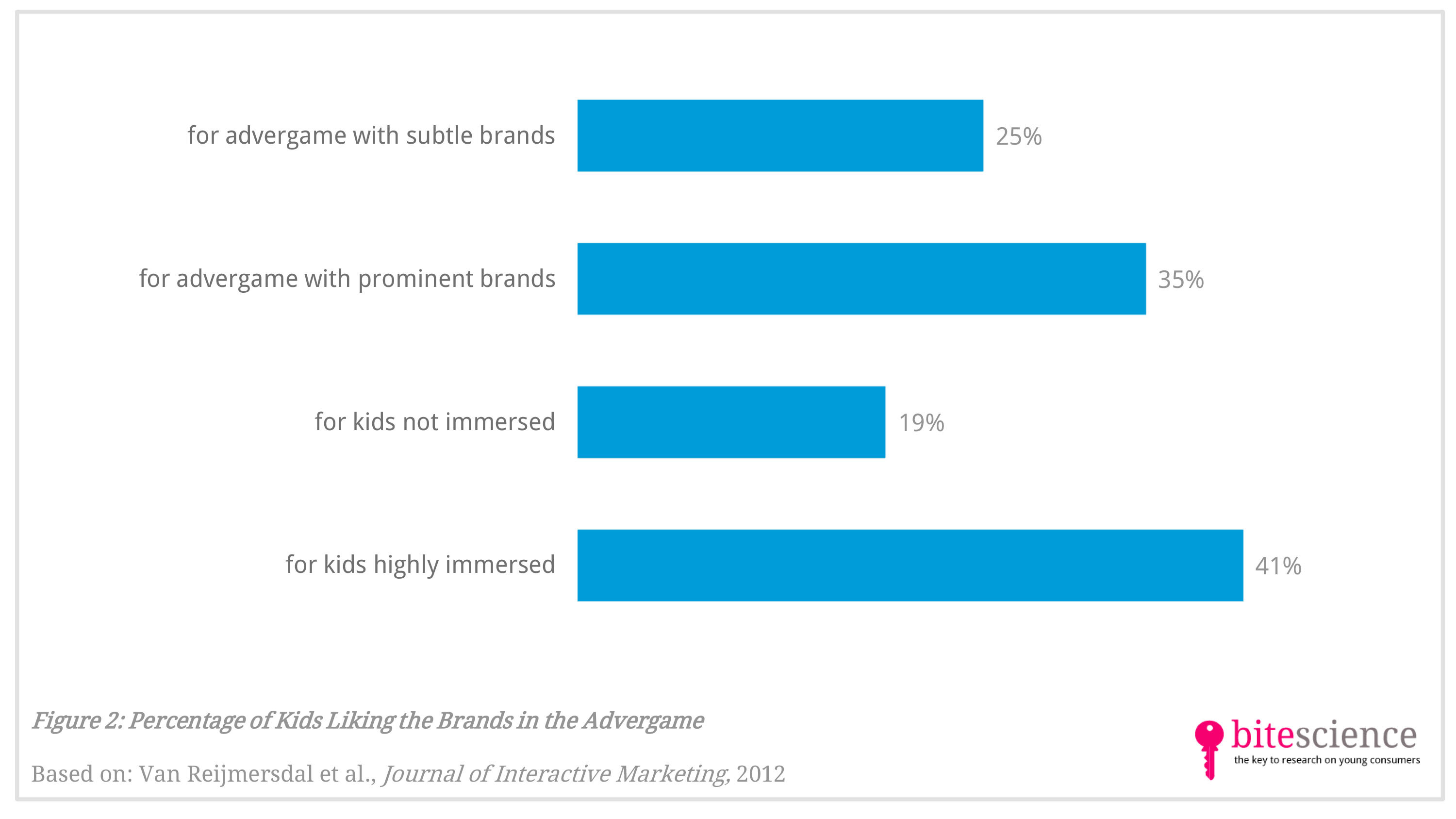
The Secret to Advergame Success
Do advergames actually work? Indeed they do, and in the Journal of Interactive Marketing Dutch researchers explain how. In their article the researchers compare various advergames for potato chips and cola brands. When the brand logo is very prominent in the game, kids show better memory of the brand. In addition, children who are more immersed in the game like the brand better. The study reveals that captivating games with prominent brand logos are most successful. Liking the game “spills over” to liking the brand.
Take aways
How advergames work:
- Kids remember prominent brand logos in advergames better than subtle brands.
- Kids who are more immersed in the advergame like the brands more, indicating that involving games are most successful.
- Liking the game “spills over” to liking the brand.
Ethical note:
- Children have limited understanding of advergames’ commercial nature.
- Understanding of the commercial nature of the game does not decrease the advergames’ effectiveness.
Study information
The question?
Which factors explain the effects of advergames?
Who?
105 Dutch 7- to 12-year-olds
Where?
The Netherlands
How?
Children played two versions of an advergame for Lays chips and Pepsi Cola, one with prominent brand logos and one with subtle brand logos. The aim of both games was to catch falling bags of chips and cans of cola in a basket. The falling speed of the products increased during the game. In the prominent version the brand logos appeared on the falling products. In the subtle version the logos appeared in the background, on the sides of the screen. After playing the game for three minutes, the children were asked what they remembered from the game, how much they liked the brands, and if they understood the game was a form of advertising.
Facts and findings
Remembering brands
- Children who played the game with prominent brand logos showed better brand memory than children who played the subtle advergame.
- Children who were more involved in the game did not remember the brands better.
Liking brands
- Children who were more involved in playing the game liked the brands better than children who were less involved.
- Children who liked the game more also liked the brands more.
- Children who played the game with prominent brand logos did not like the brands better than children who played the subtle advergame.
Understanding commercial nature
- 40% of the children understood that the brands created the game
- 57% understood that the game was meant to sell the brands
- Brand prominence did not increase understanding
- Understanding did not affect the game’s success.

